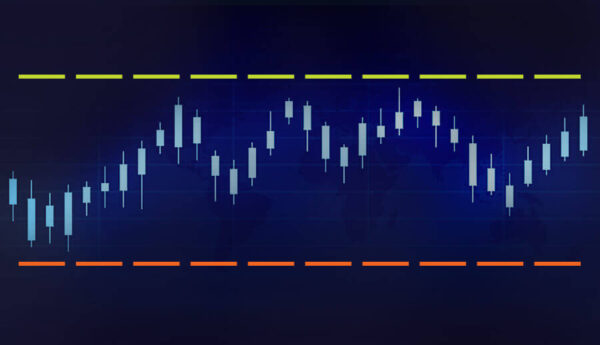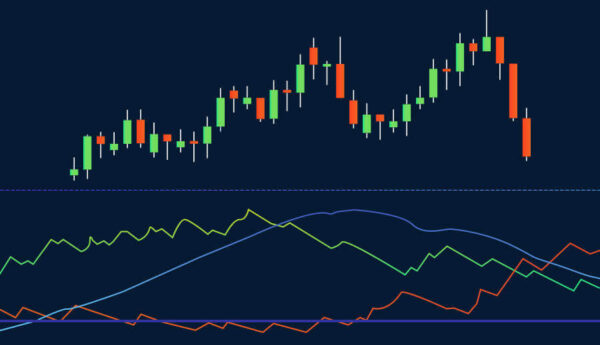When trading the financial markets, one always faces the dilemma of whether to enter a trade or pass on it. Some forex traders use their “gut feeling” to make this important decision. This instinct or intuition that some feel they have is more-often-than-not based on two principle emotions: greed and fear. Greediness will push traders to open a trade, while fear will hold them back.
In either case, traders – regardless of their experience level – should use more than their gut feeling to make these decisions. More knowledge is required to have a sound trading system to rely on in the forex market.
As a trader, you have to know when to apply the right trading tools. This depends on the type of market being traded.
Trending Forex Market
During a market trend, everybody enjoys the ride and sees an opportunity for potential profits to grow. Whether it’s a downtrend (denoted by a consistently downward pattern on the price chart) or an uptrend (a consistently upward pattern on the price chart), this type of market is usually a trader’s paradise.
The most important principle to remember when it comes to trends is that they are more likely to continue in the same direction, whether that’s up or down.
Whether you use Technical Analysis, Fundamental Analysis or even just your gut feeling, identifying the existence of a trend is crucial. Follow the trend and ensure that you apply your trading system and tools accordingly.
Sideways Forex Market
Trend-following systems perform very well during a trending market. Unfortunately, that is not quite true in the case of sideways movements. With the latter, there is no room to maneuver and no room to allow potential profits to run. A sideways market, or a range, is essentially a narrow band of price action.
Though many traders are lured towards range trading – mostly because it looks relatively “safe” on paper and/or in hindsight – they soon discover that, by the time they identify a range, it is already too late.
Of course, many trading strategies have been developed to accommodate these kinds of traders. These strategies have clearly outlined entry and exit rules. Even popular minimum-price-target techniques have been devised for this very purpose.
Trending markets and sideways markets are two broad categories of the type of forex market that traders need to recognize in order to apply the right trading tools and strategies. Read my “Identifying Trends: A Beginner’s Guide” article to find out how trends can be identified.
Example of a Technical Trading Tool for Trend-Following Forex Traders: the ADX
One of the most popular indicators developed to detect the presence of a trend is the Average Directional Movement Index, or ADX. A reading above 20 or 25 signals the presence of a trend. Identifying a trending market is an advantage for trend-following traders because they will then use a trend following system – i.e. a system that performs well in rising or falling markets.
On the other hand, an ADX reading below 20 or 25 is a sign of a sideways market which nullifies the effect of a trend-following system. If the trader wishes to continue trading in the sideways market, then Momentum Oscillators become handy.
Probabilities
Never forget that trading the forex markets is a business of probabilities, not guarantees. Common practice is to trade in the direction that has the highest probability of continuing its course of action.
If you follow this golden rule, you will most likely see your potential profits grow. Having said that, however, the “odds” still need to be in your favor. If they are not, you need to be fully prepared for the unpleasant feeling of “grieving” for your losses – and not let this grief cloud your judgement.
This is the perfect example of how the “odds” in the market may turn against you. Even though an uptrend or a downtrend is more likely to continue in the same direction, trend reversals may occur and you need to be ready for them.
Popular reversal patterns will navigate you through the signals of an end to the prevailing trend and the beginning of a fresh one in the opposite direction. Likewise, popular trend indicators will alert you to a possible change in market direction.
Conclusion
Trading the financial markets is a business of probabilities. The main goal for any trend-following trader is to identify trending markets and follow a sound system with precise entry, Take Profit, and exit levels. The ADX is a good indicator to use for identifying trends.
If a sideways market is the preferred choice for the trader, then momentum oscillators and a solid trading strategy that performs better in ranging markets should be applied.
The bottom line is this: know your market so you can apply the right trading tools!
















